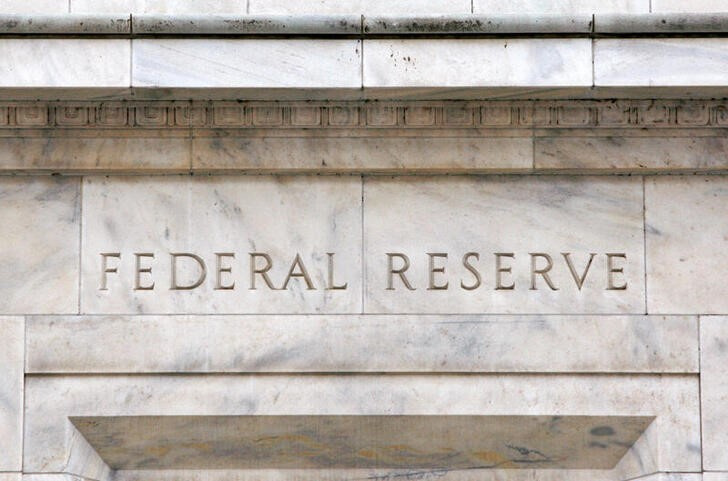Investing.com -- Most Federal Reserve officials flagged "significant" upside risks to inflation as a sign that further rate hikes could be needed to slow the economy just as upbeat data forced the central bank to ditch its recession call, according to the minutes from the July 25-26 Federal Open Market Committee meeting published Wednesday.
“[M]ost participants continued to see significant upside risks to inflation, which could require further tightening of monetary policy,” the minutes showed.
Some participants, however, appeared hesitant to embrace further hikes, on concerns that the tightening in financial conditions since the beginning of last year could "prove more substantial than anticipated," the minutes added.
At the conclusion of its previous meeting on July 26, the Federal Open Market Committee lifted its benchmark rate to a range of 5.25% to 5.5%, the highest level in 22 years.
Fed reverses call for recession this year
Recent signs of economic strength, driven by a ongoing consumer spending, forced Fed staff to ditch their call for a “mild” recession later this year.
"Since the emergence of stress in the banking sector in mid-March, indicators of spending and real activity had come in stronger than anticipated; as a result, the staff no longer judged that the economy would enter a mild recession toward the end of the year," the minutes showed.
Against the backdrop of a more resilient economy, and a still-strong labor market, the central bank remains wary of declining victory on inflation, and stressed the need for further evidence that inflation remains on sustainable downward path.
Data arriving in coming months would "help clarify the extent to which the disinflation process was continuing," the minutes added.
Markets continue to back rate cuts for early 2024
Following recent data showing moderating consumer inflation, investors, continue to bet that the Fed may not have to do more to bring down inflation.
Traders see just an 11% chance the Fed may hike rates in September, and a 33% change of hike by November, with a hike by December seen as even less likely, according to the Fed Rate Monitor Tool.
Bets that rate hikes are in the rearview mirror have quickly shifted attention to rate cuts, with some on Wall Street expecting policy easing to come as soon as early next year.
“Our baseline forecast calls for the FOMC to start cutting the funds rate in 2024 Q2,” Goldman Sachs said in a recent note.
